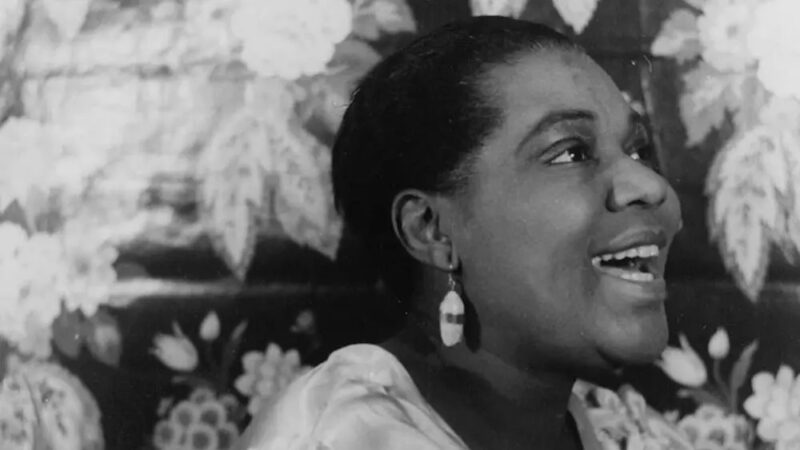Now Playing
News

Celebrating Bessie Smith
Bessie Smith (born April 15, 1894 in Chattanooga, TN) was dubbed the “Empress of the Blues” by the Chicago Defender in the Spring of 1924, following the runaway success of her first recording for Columbia Records, “Downhearted Blues”, in the prior summer. That single ultimately sold a million copies in its first year, helping to cement the “race record” market for the burgeoning recording industry. Throughout the 1920s there was not an artist, black or white, whose star outshone Smith’s. She recorded with some of the other legendary figures of the era, including Louis Armstrong and Sidney Bechet, evidence that during Smith’s era the borders between genres and styles of music as they would come to be known had yet to be firmed up.
Through her songs such as “St. Louis Blues”, “Muddy Water (A Mississippi Moan)”, ‘Taint Nobody’s Business If I Do”, and “Nobody Knows You When You’re Down and Out” (presciently recorded and released right before the US stock market collapse of the Fall of 1929), and dozens more, Smith developed a rapport with her audience via her discs and live performances. That connection – and the business that came with it – made her one of the wealthiest black Americans of the decade. Smith’s fans identified with her working-class roots, and they aspired to achieve her level of financial and social freedom.
Bessie Smith was more than a singer of blues songs. To her fans and supporters, mostly working-class black Americans across the United States, Smith’s life represented the possibilities for their own lives. During an era when black lives in the US were policed and surveiled by the state via Jim Crow laws (and segregationist policies and attitudes), Smith’s life as a successful working-class black woman existed in spite of those restrictions. That legacy goes hand in hand with artistic output.
Smith, like her contemporaries (and many Americans of all backgrounds), did not fare well during the Great Depression. The network of performance venues that supported her lucrative live appearances, the Theatre Owners Booking Association (T.O.B.A.) folded in the 1930s due to the financial pressures of the Depression and the advent of motion picture “talkies”, and Americans in general had less income to spend on entertainment.
In 1933, young producer John Hammond – who at the same time was working with the unknown Billie Holiday – attempted to arrange for a Bessie Smith comeback. The sessions he made with her in November featured Benny Goodman’s band, but they failed to achieve the same level of commercial success of her 1920s sides. It seemed the public was moving on from Bessie. She managed to continue touring throughout much of the 1930s, albeit on a less-grand scale. Instead of the specialized, luxury railway cars that carried her across the country on glitzy tours of the prior decade, Smith now toured by automobile. It was in one of those cars traveling between towns in Mississippi in September of 1937 that the “Empress of the Blues” met her end. A horrible accident with a flatbed truck left Smith with injuries that ultimately claimed her life at 43 years of age.
American life through the twentieth century and into our current time, in all of its complexities, owes a great deal to the “lived politics” and artistic expression of black women like Bessie Smith.



